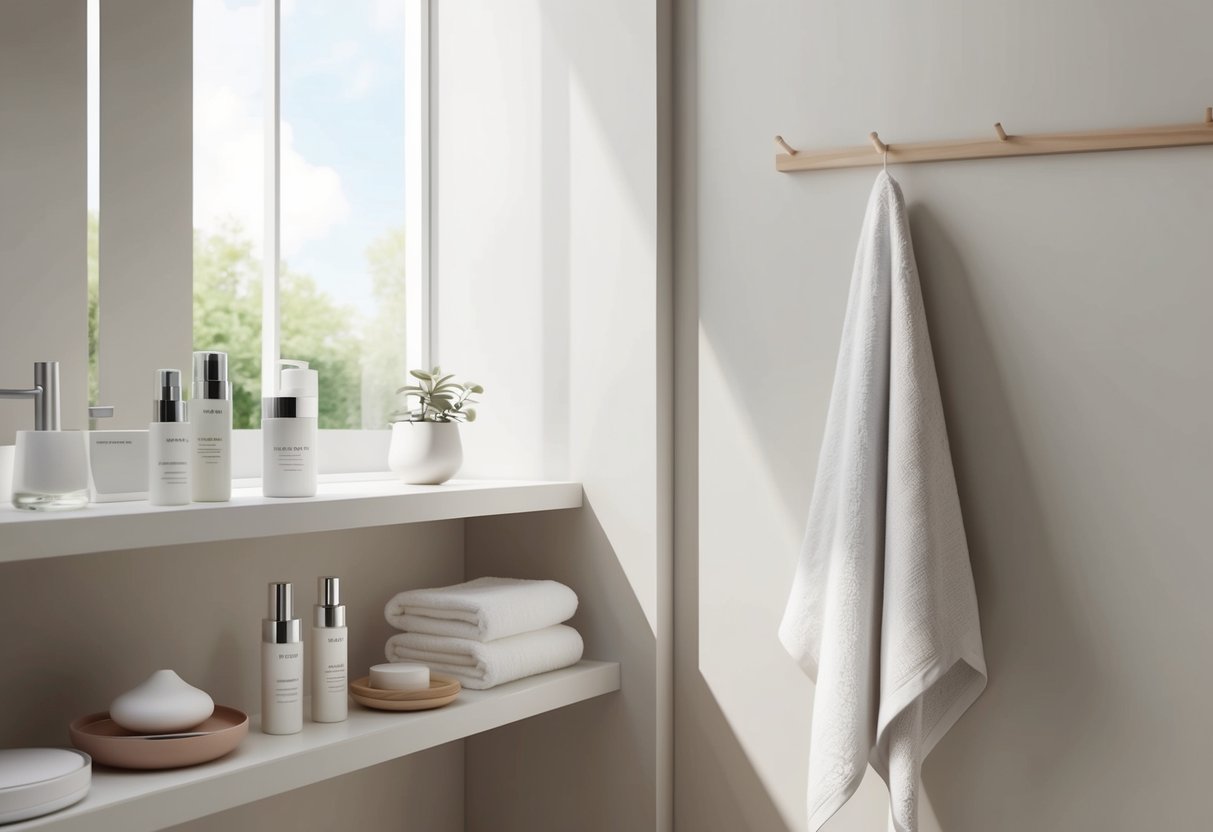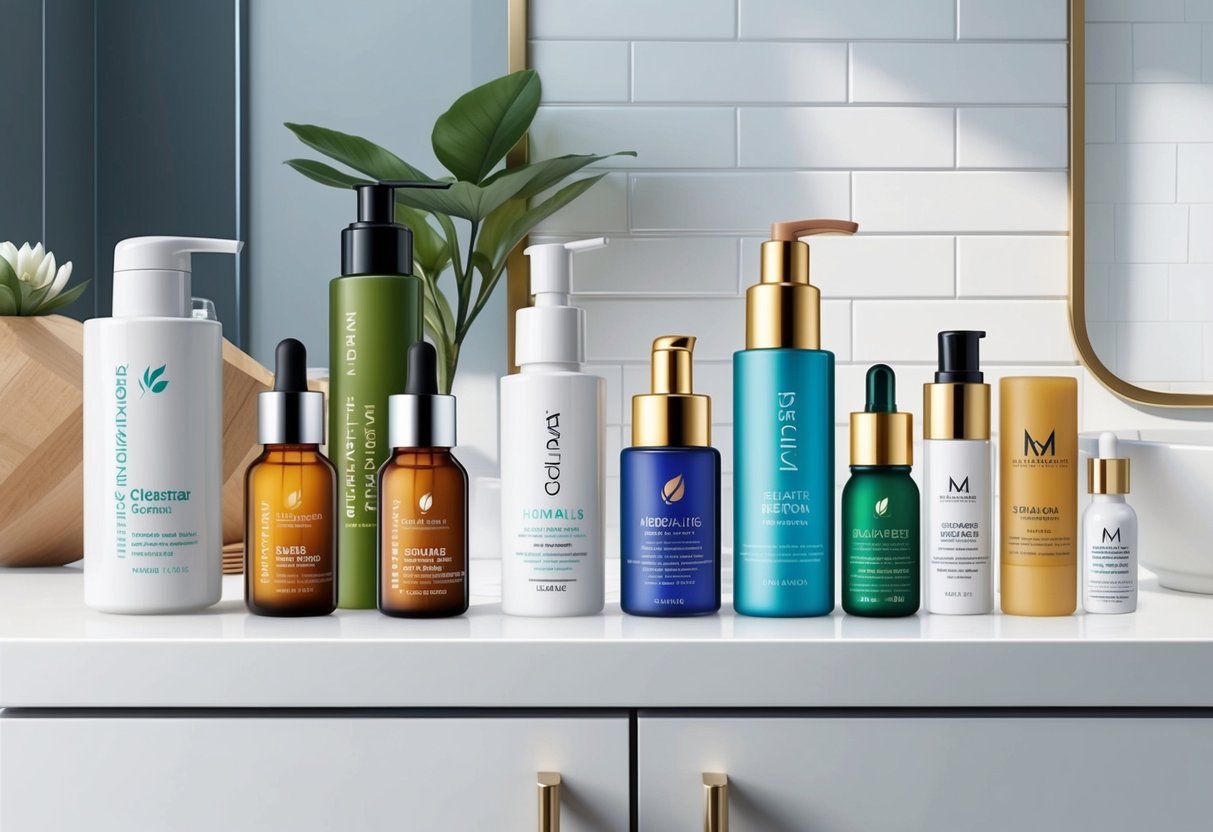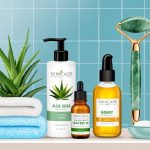How to Get Clear Skin Fast: Expert-Recommended Beauty Routines for Every Skin Type
Effective Cleansing Methods
A clear complexion often begins with a well-structured cleansing routine. Proper selection and use of cleansers, double cleansing strategies, and the right makeup removers are vital for deep cleansing and maintaining skin health.
Choosing the Right Face Cleansers
Selecting a face cleanser suited to an individual’s skin type is fundamental for clear skin. For oily or acne-prone skin, gel-based cleansers can effectively remove excess oil and unclog pores.
Those with dry or sensitive skin often benefit from cream or milk cleansers, which add moisture while washing away impurities. Ingredients such as glycerin are advantageous for hydration, providing a balance between effective cleansing and maintaining the skin barrier.
Gentle cleansers help limit irritation, especially for those with sensitive skin. Dermatologists recommend using a mild cleanser both morning and night, and after sweating, to avoid breakouts and dullness.
For more tailored advice, refer to dermatologist-backed skin care tips.
Double Cleansing Techniques
Double cleansing involves two consecutive steps for heightened effectiveness. The first step uses an oil-based cleanser (or cleansing balm) to dissolve sunscreen, makeup, and excess sebum.
The second step uses a water-based cleanser to remove any remaining residue and thoroughly cleanse the pores. This technique is particularly beneficial in the evening, ensuring all traces of environmental pollutants and heavy makeup are gone before bedtime.
Double cleansing is especially useful for those who wear makeup daily or live in urban environments with significant air pollution. It’s important to select both cleansers according to skin type to avoid stripping natural moisture or causing irritation.
Makeup Remover Selection
Choosing a suitable makeup remover can prevent clogged pores and irritation. Micellar water is popular for its mildness and efficiency in removing even waterproof makeup without harsh rubbing.
Oil-based removers are ideal for breaking down heavy or waterproof products but should be followed by a gentle cleanser to prevent residue buildup. Cream removers and cleansing milks provide a soothing option for sensitive skin, reducing risk of redness or tightness.
Reading ingredient lists and selecting fragrance-free or hypoallergenic formulas can help minimize unwanted reactions. Proper use of makeup removers can boost the overall effectiveness of any clear skin routine.
Toning for Clear and Balanced Skin

Toning is an important step for maintaining clear skin, supporting a healthy skin barrier, and restoring pH balance after cleansing. The right toner can remove residual impurities, prep the skin for treatment products, and deliver hydration for improved clarity.
Toner Selection by Skin Type
When choosing a toner, matching the formula to the skin’s specific needs is critical. For oily or acne-prone skin, toners with salicylic acid or witch hazel can help clear pores and reduce excess shine.
These ingredients are effective at removing oil and preventing blackheads. Those with sensitive skin should look for alcohol-free, fragrance-free options containing soothing agents like aloe vera or chamomile to avoid irritation.
Dry skin types benefit most from hydrating toners with ingredients such as hyaluronic acid or glycerin, which help lock in moisture and calm tightness. Combination skin often responds well to lightweight, balancing formulas containing niacinamide or green tea extract.
It’s important to avoid harsh astringents, which can disrupt the skin barrier, especially for those prone to irritation. For more guidance on toner choices, see these daily routine steps for clear skin.
Balancing pH and Maintaining Hydration
A key function of toners is restoring the skin’s natural pH, which is typically acidic (around 4.5-5.5). Cleansers and tap water may increase skin pH, leading to dryness, breakouts, or a compromised barrier.
Using a well-formulated toner can quickly rebalance the skin after washing, helping maintain an optimal environment for clear, resilient skin. Hydration is another benefit of modern toners, especially those with glycerin, aloe, or hyaluronic acid.
These ingredients help attract and retain moisture, making the skin feel softer and plumper. Applying moisturizer immediately after toning helps seal in this hydration.
Consistent toning, especially with products designed for the user’s skin type, supports healthy oil production, reduces roughness, and promotes a more even complexion. More advice can be found in this guide on skin care routines for achieving smooth, clear skin.
Mastering Moisturization

Proper moisturization balances skin hydration, supports the skin barrier, and helps reduce dryness, sensitivity, and breakouts. Every skin type benefits from a tailored approach, including the right ingredients, application methods, and product choices.
Moisturizer Ingredients and Formulations
Formulations vary widely, but the key is to match active ingredients to individual skin concerns. For dry skin, ceramides and hyaluronic acid offer deep hydration and support the skin’s barrier by drawing moisture in and preventing water loss.
Oily and acne-prone skin usually benefits from non-comedogenic moisturizers with lightweight textures, such as gel creams containing glycerin or dimethicone. Sensitive skin types should look for soothing ingredients like panthenol, allantoin, and niacinamide.
Products without added fragrance or dyes minimize irritation. It’s wise to check for sunscreen in daytime moisturizers to shield skin from UV stress.
Hydration Strategies for Every Skin Type
Hydration strategies depend on the level of natural oils and overall skin condition. For those with oily skin, oil-free and gel-based formulas are effective, as they hydrate without clogging pores.
Combination skin benefits from using lighter options on oily areas and richer creams on drier patches. Very dry skin typically needs richer, thicker creams to restore moisture balance.
Applying moisturizer to damp skin enhances absorption. Humidifiers can help during dry seasons, and nighttime routines with heavier nourishing creams support overnight regeneration.
Nourishing Creams and Moisturisers
Nourishing creams are ideal for delivering a boost of moisture and revitalizing dull skin. These products often contain emollients like shea butter and squalane, which soften and smooth rough patches.
Those seeking deeply hydrating results can look for occlusive agents in their moisturisers—these form a protective seal that reduces water loss overnight. There are specialized creams for mature or stressed skin, including those with peptides and antioxidants.
In a daily skincare routine, creams and moisturisers act as protective layers, helping maintain clear, supple, and even-toned skin. For tips on selecting the best routine, including advice tailored to your skin type, refer to this effective skincare routine guide.



